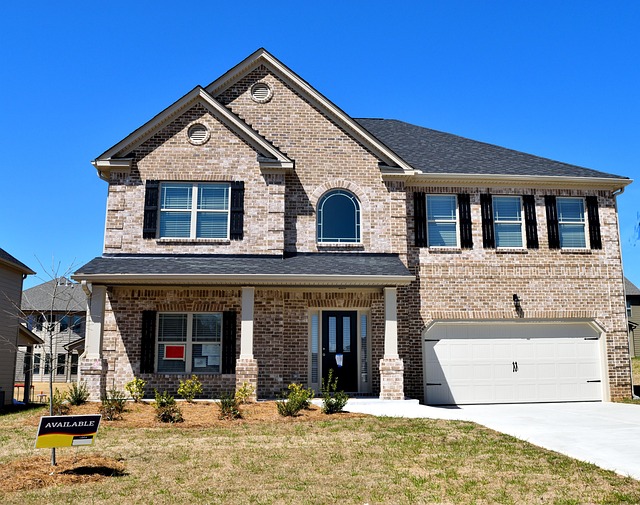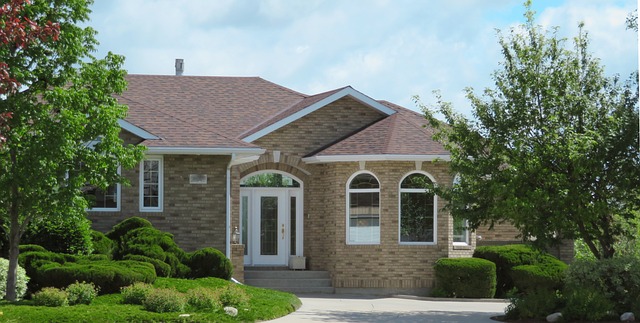The current Address Occupant Lookup (AOL) methods face challenges in urban landscapes due to outdated records, fragmented data, and privacy restrictions. Advanced geolocation technologies using GPS, analytics, and mapping software are evolving AOL, enhancing precision and efficiency. Smart Building Management Systems (SBMS), powered by IoT and machine learning, offer dynamic tracking and space optimization for buildings. Integrating AI and ML into AOL predicts occupancy, optimizes resources, and improves energy management. Digital community engagement platforms foster neighborhood connections. Blockchain technology promises secure, efficient, and user-centric AOL systems with enhanced data privacy and property management capabilities.
In today’s digital era, efficient address and occupant lookup systems are essential for smart buildings. However, traditional methods face challenges in terms of accuracy, data management, and resident privacy. This article explores alternative solutions to revolutionize occupant lookup. We delve into advanced geolocation technologies, data-driven building management systems, AI integration for accurate predictions, community engagement strategies, and future trends like blockchain for decentralized occupancy data. By considering these options, we aim to provide a comprehensive roadmap for enhancing address occupant lookup.
- Understanding the Current Challenges with Occupant Lookup
- Exploring Advanced Geolocation Technologies: A New Perspective
- Data-Driven Solutions: Leveraging Smart Building Management Systems
- Integrating AI and Machine Learning for Accurate Predictions
- Community Engagement: Empowering Residents with Information Access
- Future Trends: Blockchain and Decentralized Occupancy Data Management
Understanding the Current Challenges with Occupant Lookup

The current methods of Address Occupant Lookup (AOL) often face significant challenges, especially in complex urban landscapes. With bustling metropolises housing diverse populations, traditional lookup processes can become inefficient and inaccurate. The limitations are multifaceted; outdated records, fragmented data sources, and privacy concerns contribute to a patchwork of inaccuracies.
For instance, AOL relies heavily on public records and self-reported information, which may not reflect real-time occupancy changes. In dense neighborhoods, where multiple residences share common entry points, identifying specific occupants becomes a labyrinthine task. Privacy laws also restrict access to detailed demographic and personal data, hindering comprehensive lookups. These challenges underscore the need for innovative solutions that enhance accuracy, privacy, and efficiency in addressing occupant lookup processes.
Exploring Advanced Geolocation Technologies: A New Perspective

In today’s digital era, the traditional methods of Address Occupant Lookup are undergoing a metamorphosis as we explore advanced geolocation technologies. These innovative solutions offer a fresh perspective on how we identify and track individuals within specific locations. By harnessing the power of GPS tracking, real-time data analytics, and sophisticated mapping software, we can achieve more accurate and efficient occupant lookup processes. This shift not only enhances precision but also enables faster response times in various scenarios, from emergency services to property management.
The integration of these cutting-edge technologies allows for a more nuanced understanding of spatial dynamics. For instance, geospatial analytics can reveal patterns of movement, helping to predict and manage crowd behavior or optimize resource allocation. Moreover, advanced geolocation provides an opportunity to streamline verification processes, ensuring that the right people are associated with specific addresses, thereby reducing errors and increasing the reliability of data in diverse applications, including smart cities and automated systems.
Data-Driven Solutions: Leveraging Smart Building Management Systems

In today’s digital era, the need for efficient and precise Address Occupant Lookup (ALU) systems has never been more pressing. Data-driven solutions offer a promising alternative to traditional ALU methods, particularly through the integration of Smart Building Management Systems (SBMS). These advanced systems collect and analyze vast amounts of data from various sensors, cameras, and other IoT devices installed within buildings. By utilizing machine learning algorithms, SBMS can automatically detect and track occupants’ movements, determining their locations in real-time with remarkable accuracy.
This technology revolutionizes ALU by providing a dynamic and adaptive approach. Unlike manual or semi-automated methods that rely on regular checks or occupant input, SBMS offers continuous monitoring. It enables building managers to gain valuable insights into space utilization, occupancy patterns, and even energy consumption. With such data, they can make informed decisions about space allocation, facility management, and the overall optimization of building operations, ultimately enhancing the efficiency and comfort of both occupants and administrators.
Integrating AI and Machine Learning for Accurate Predictions

In the realm of Address Occupant Lookup, integrating Artificial Intelligence (AI) and Machine Learning (ML) offers a game-changing approach to enhance accuracy and efficiency. AI algorithms can analyze vast datasets, including historical occupancy patterns, demographic data, and real-time sensor feedback, to make informed predictions about building occupancy. ML models, trained on these datasets, can learn and adapt over time, improving prediction accuracy as new data becomes available.
This technology allows for more precise and dynamic lookup results, catering to the evolving needs of buildings and their occupants. By leveraging AI/ML, properties can optimize resource allocation, improve energy management, and enhance overall occupant experiences. Moreover, these systems can identify trends and anomalies, enabling proactive measures to address space utilization challenges, thereby revolutionizing traditional Address Occupant Lookup methods.
Community Engagement: Empowering Residents with Information Access

Community engagement is a powerful tool in transforming traditional methods of address occupant lookup. By empowering residents with access to information, building management can create a more transparent and interactive environment. This approach involves utilizing digital platforms or community apps where occupants can easily search for details about their neighbors, view common areas, and even participate in local decision-making processes.
Such engagement fosters a sense of belonging and encourages active participation within the community. Residents can stay informed about upcoming events, maintenance issues, or changes in the neighborhood, thereby strengthening the social fabric of the area. This method not only enhances convenience for occupants but also promotes a collaborative atmosphere, making it an effective alternative to conventional lookup methods.
Future Trends: Blockchain and Decentralized Occupancy Data Management

As technology continues to evolve, the future of address occupant lookup is set to be transformed by innovative solutions like blockchain and decentralized data management. Blockchain offers a secure, transparent, and tamper-proof way to store occupancy information, ensuring data integrity and privacy. By distributing records across a network of nodes, this decentralized approach eliminates single points of failure and reduces the risk of unauthorized access or manipulation.
This shift towards blockchain and decentralization promises significant advantages for property management and real estate industries. Smart contracts can automate processes like lease agreements and rent collection, enhancing efficiency and accuracy. Moreover, occupants could have greater control over their personal data, choosing when and how it’s shared, leading to enhanced trust and satisfaction. This trend signals a new era of secure, efficient, and user-centric address occupant lookup systems.
In exploring alternative options to address occupant lookup, it’s evident that advanced geolocation technologies, data-driven solutions, AI integration, community engagement, and innovative trends like blockchain offer promising avenues for enhancing building management. By leveraging these approaches, we can create more efficient, secure, and resident-centric environments. Adopting these strategies not only streamlines occupant tracking but also paves the way for a future where occupancy data management is decentralized, accurate, and transparent, ultimately improving the overall smart building experience.



